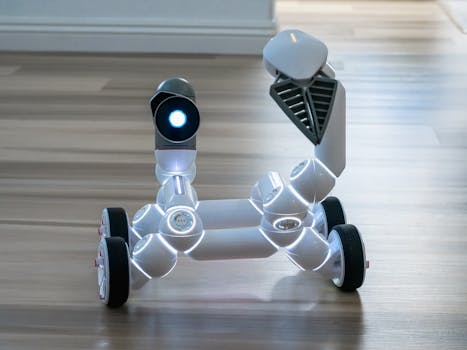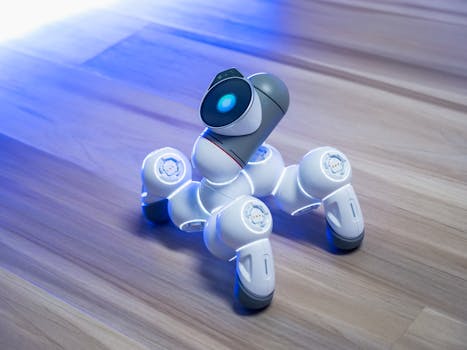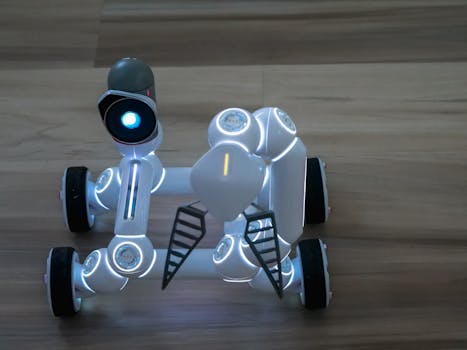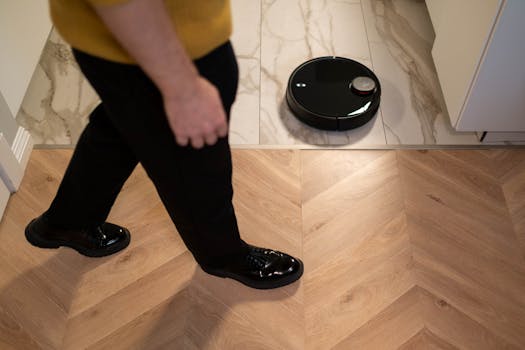
Introduction to Smart Homes

As we look toward 2025, the concept of smart homes is evolving at an unprecedented rate. With rapid advancements in artificial intelligence (AI) and the Internet of Things (IoT), homeowners are beginning to embrace solutions that enhance their living environments. AI-driven technologies are not just improving data collection and connectivity; they’re fundamentally reshaping how we interact with our homes and household appliances.
Key Features of AI-Driven Smart Homes

Smart homes in 2025 will be characterized by several notable features all powered by AI:
- Smart Assistants: Voice-activated smart assistants will play a central role in daily operations, anticipating needs based on past behaviors.
- Automated Security Systems: Advanced facial recognition cameras and smart locks will offer enhanced security, enabling homeowners to monitor activity around their properties in real-time.
- Energy Management: AI algorithms will optimize energy consumption, allowing smart thermostats and smart grid integrations to save on utility costs.
- Predictive Maintenance: AI systems will monitor the performance of home devices and appliances and recommend maintenance or repairs before issues become severe.
- Customizable Experiences: AI integration will allow for personalized settings and routines that adapt to homeowner behavior, enhancing comfort and convenience.
Integrating AI With IoT Devices

The integration of AI with IoT devices is a game-changer for smart homes. By harnessing the capabilities of the IoT, home devices can communicate with each other efficiently. This synergy allows for seamless operation; for example, when a resident leaves for work, a well-programmed smart home will lock doors, turn off lights, and adjust thermostats, all based on user preferences. By 2025, a community of connected devices will collectively enhance user experience, deliver results precisely, and drive the smart home market growth.
The Role of Machine Learning

Machine learning, a branch of AI, will significantly contribute to the rise of smart homes. This technology underpins the ability of devices to learn from user interactions continuously, refining their responses over time. As AI becomes more sophisticated, devices can automate mundane tasks more effectively, contributing to improved home management. For example, heating and cooling systems will learn from a homeowner’s habits, adjusting temperature settings not just when someone is home but also factoring in weather patterns and energy-saving recommendations.
The Future of Living: Challenges and Opportunities

While the future of smart homes powered by AI is promising, there are essential considerations to address. Data privacy remains a crucial concern, as increased utilization of smart devices could lead to data breaches if adequate security measures are not taken. Furthermore, homeowners must navigate compatibility issues between devices of different manufacturers to create fully integrated systems.
However, the opportunities outweigh these challenges. Enhanced efficiency, sustainability, and improved lifelines are just a few benefits of fostering AI-driven homes. By continuing to innovate, technologists and companies can provide solutions that will transform our homes into personalized, interconnected sanctuaries without compromising user safety and data protection.




